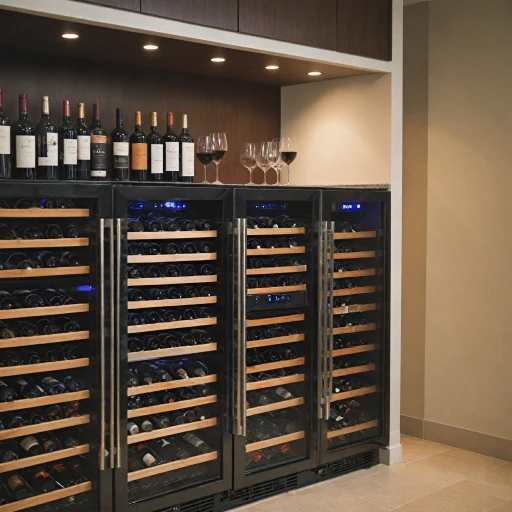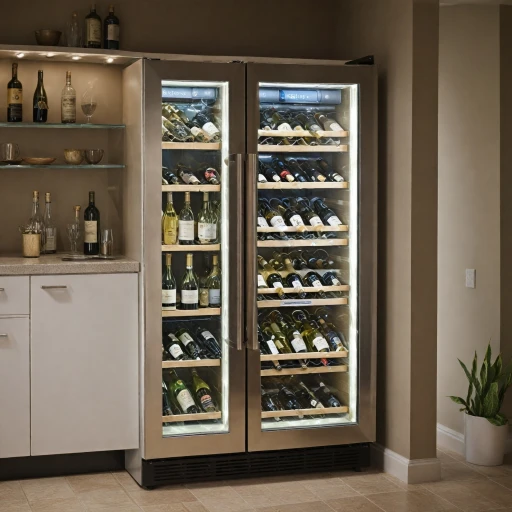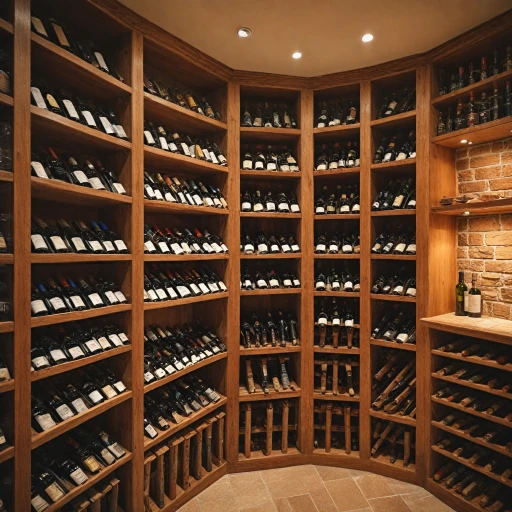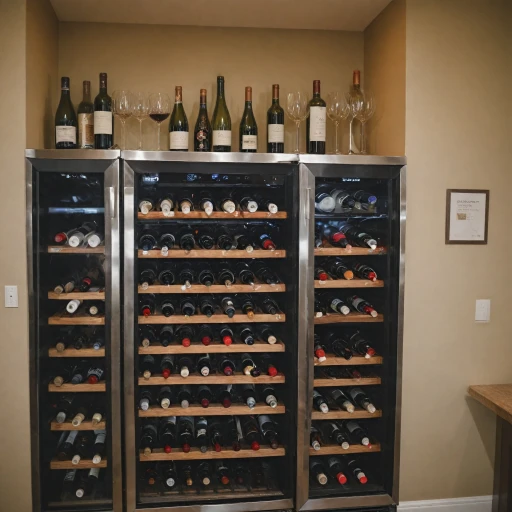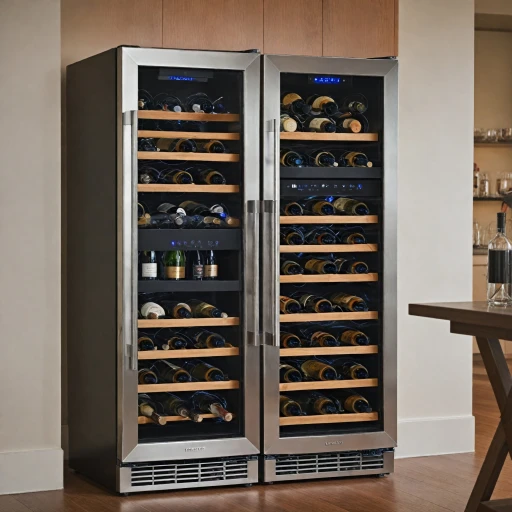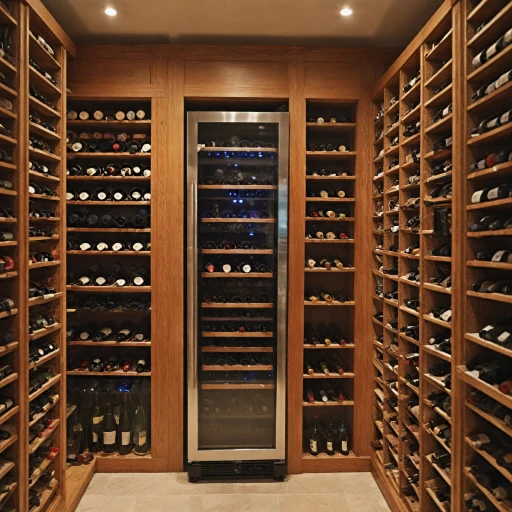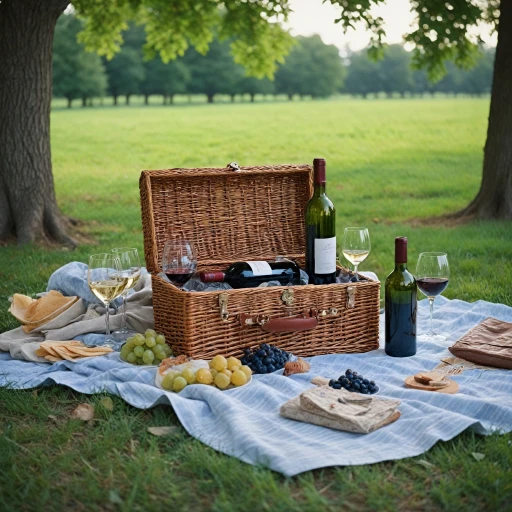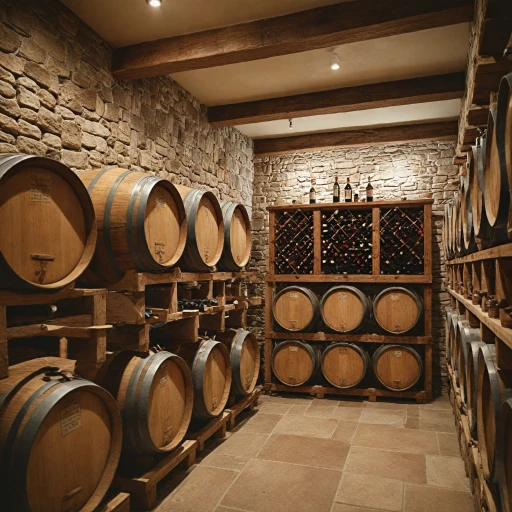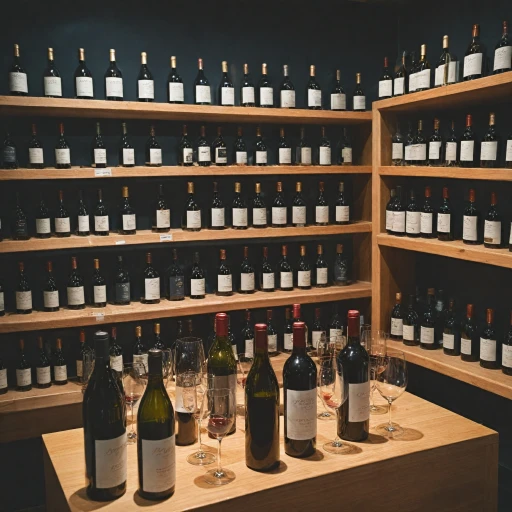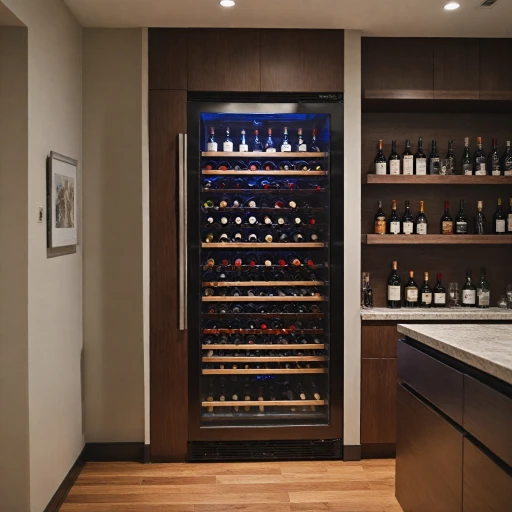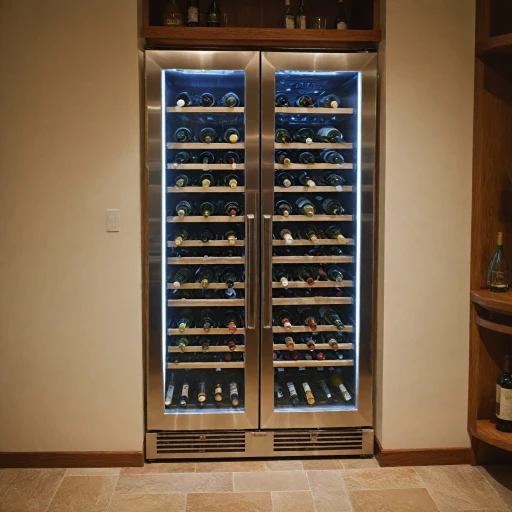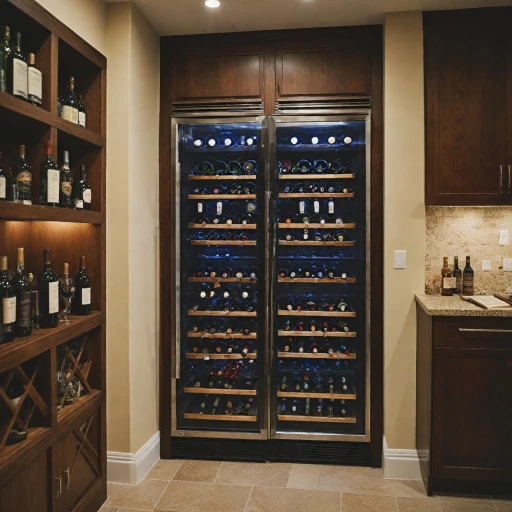
Understanding Wine Storage Basics
The Essentials of Wine Storage
When it comes to storing wine, understanding the key elements can make all the difference in preserving the delicate flavors and structure of your wine bottles. Wine storage isn't just about tucking bottles away in a dark corner; it's a meticulous process that ensures your wine will be served with its intended taste and aroma. The biggest myth that needs to be dispelled is that all wines should be stored at room temperature. Unfortunately, this is not ideal for the long-term storage of wine.
A critical factor, often overlooked, is the art of maintaining proper temperature. Wine should be stored in a controlled environment, where the temperature remains consistently stable. This is where wine fridges or coolers come into play. Unlike regular fridges, wine fridges are specifically designed to maintain optimal storage conditions for different types of wines—be it red, white, or sparkling variations.
Different wines demand different care. White wines, for example, generally require a cooler storage temperature compared to reds. However, they should not be stored at the same cold temperatures as when they are served. On the other hand, red wines are best stored at slightly warmer temperatures. The right environment ensures that wines are not subjected to temperature fluctuations that could adversely affect their quality.
Ideal Temperature Ranges for Different Wines
Unveiling the Perfect Temperature for Different Wines
When it comes to storing wine, understanding the ideal temperature range for different types of wine is crucial. Each wine type, from red to white, has its own specific requirements, which impact both short-term enjoyment and long-term preservation.
For red wines, the best storage temperature generally falls within 50-65°F (10-18°C). This range helps in maintaining the wine's complex flavors and aroma profile. Storing your red wine at these temperatures ensures that it will be ready to be served at an optimum temperature, enhancing the tasting experience.
White wines, on the other hand, prefer cooler climates. A storage temperature between 45-50°F (7-10°C) is most beneficial, preserving their crispness and acidity. This cooler storage condition prepares the white wine for serving, allowing it to be enjoyed at its best serving temperature.
For those with a mixed collection of reds and whites, dual-zone wine fridges can be an excellent solution, providing separate compartments tailored for each wine type's needs. This ensures that your wine bottles are always stored under optimal conditions.
However, regardless of color, it is important to prevent storing wine at temperatures that fluctuate frequently. Temperature fluctuations can have detrimental effects on the wine's quality, potentially causing expansion and contraction within the bottle which may lead to spoilage. A deep understanding of optimal temperature settings is essential for any wine enthusiast looking to maintain their collection’s integrity over time.
The Impact of Temperature Fluctuations
The Challenge of Temperature Fluctuations in Wine Storage
When it comes to storing wine, maintaining a consistent temperature is key to preserving the delicate flavors and aromas. Fluctuations in the storage temperature can adversely affect the integrity of your wine bottles over time. Let’s delve into how these variations impact your wine and what you can do to prevent them. One of the most significant issues with temperature fluctuations in wine storage is their impact on the wine’s aging process. Wines, whether red wine or white wines, are sensitive to changes in their environment. When stored at varying temperatures, you risk accelerating the aging process or even ruining the wine altogether. For wines stored in traditional fridges or coolers that regularly change temperature, this can be a real issue. A constant temperature provides the best conditions for wine bottles, enhancing their longevity and taste profile. While room temperature might seem an easy option, it's often too warm for most wines, leading them to mature quicker than desired. Instead, aim for a stable environment; this often means investing in a dedicated wine fridge designed specifically to avoid these fluctuations. Wine fridges, available in various models and sizes, help in maintaining the optimal temperature for storing wine, providing a consistent ambiance that standard refrigerators cannot. Equipped with multiple zones, these fridges are ideal for storing both white wine and red wine, each at their preferred storage temperature. To further protect your wine from fluctuations, ensure that your cooler or fridge is placed away from direct sunlight, heat sources, or areas prone to sudden temperature changes. Proper shelving and arrangement inside the fridge can also help mitigate temperature impacts. By focusing on these strategies, you ensure that the wine stored in your cooler remains in the best condition possible. Most importantly, understanding the art of wine corks and how they can be affected by temperature variability can be an eye-opening experience. For more on this, explore the intricate relationship between the art and science of wine corks.Choosing the Right Wine Fridge
Selecting an Effective Wine Storage Solution
Finding the right wine fridge can make all the difference in maintaining the perfect storage temperature and ensuring that your wines are served at their best. Here's what to consider when choosing a wine fridge:- Temperature Control: Look for models that offer precise temperature settings, as different types of wine require specific storage temperatures. This ability to tailor the temperature will benefit both red and white wines, providing optimal conditions for long-term storage.
- Capacity and Size: Consider how many wine bottles you plan to store. Wine fridges come in various sizes, from compact units for a few bottles to larger models capable of accommodating an extensive collection. Remember to think about the space where the fridge will be placed.
- Cooling Zones: A dual-zone wine cooler allows you to set different temperatures for reds and whites. For instance, red wine can be stored in one zone at a slightly warmer temperature, while white wine is kept chilled in another.
- Energy Efficiency: Opt for energy-efficient wine fridges to save on electricity costs. Look for units with better insulation and reliable compressors to maintain stable temperatures with minimal fluctuation.
- Design and Features: Depending on your preferences, you might prioritize fridges with digital displays, LED lighting, or adjustable shelves to store bottles of varying shapes and sizes.
Tips for Maintaining Consistent Temperature
Maintaining a Steady Environment
Ensuring your wine fridge maintains a consistent temperature is crucial for preserving the quality of your wine bottles. Fluctuations can lead to spoilage, affecting both red and white wines. Here are some tips to help you maintain a steady environment in your wine cooler:
- Regular Monitoring: Invest in a reliable thermometer to regularly check the storage temperature inside your wine fridge. This helps ensure that your wines are stored at the best temperatures for long-term storage.
- Avoid Overloading: Overloading your wine fridge can obstruct air circulation, leading to uneven cooling. Make sure to leave some space between bottles to allow for proper airflow.
- Stable Placement: Place your wine fridge in a location where it won't be subject to frequent temperature changes, such as away from direct sunlight or heat sources like ovens and radiators.
- Regular Maintenance: Clean the fridge regularly and check for any mechanical issues that might affect its performance. This includes ensuring the door seals are intact to prevent warm air from entering.
- Use of Zones: If your wine fridge has multiple zones, use them to store different types of wines at their ideal serving temperatures. This is particularly useful for maintaining the quality of both red and white wines.
By following these tips, you can ensure that your wine fridge provides the optimal environment for storing wine, keeping your wine bottles in perfect condition until they are ready to be served.
Common Mistakes in Wine Fridge Storage
Avoiding Common Pitfalls in Wine Fridge Storage
Proper storage of wine is crucial to preserving its quality, flavor, and aroma. Unfortunately, there are common mistakes even seasoned enthusiasts can make when using wine fridges that can compromise these characteristics. Here's a rundown of frequent errors and how to sidestep them.- Ignoring Temperature Specifics
- Failing to Regularly Monitor Temperature
- Overloading the Wine Fridge
- Storing Bottles in the Wrong Position
- Neglecting to Service and Maintain
- Confusing Storage in Fridges with Room Temperature


